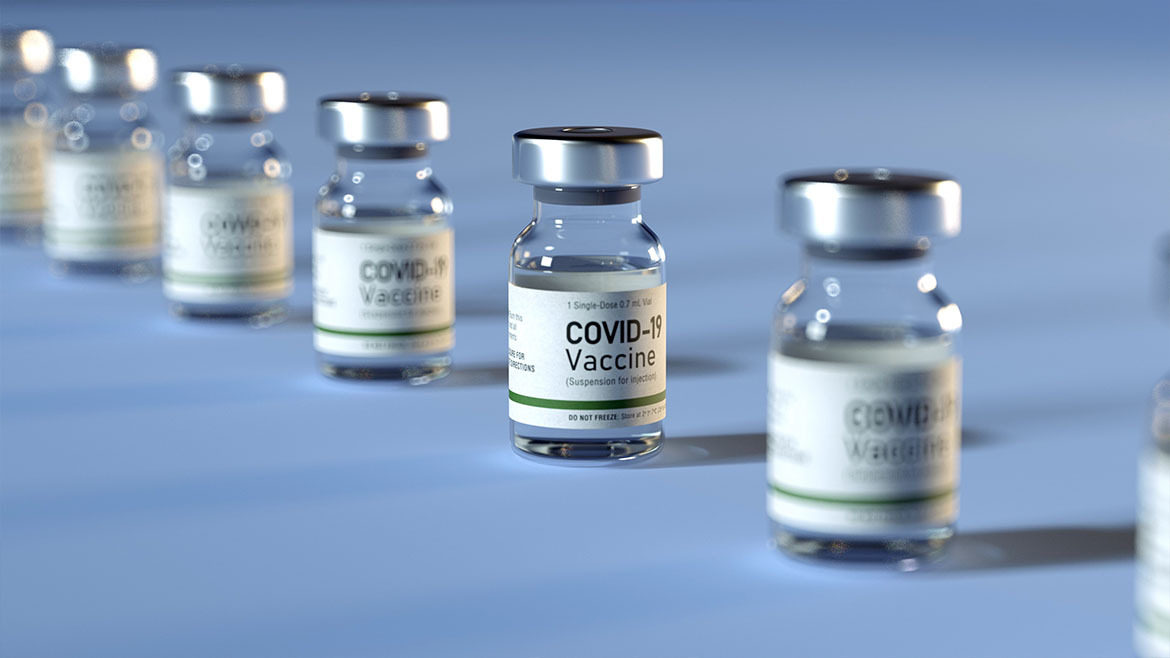Active Airfreight Containers Becoming Critical To Ensure The Safe Delivery Of Covid-19 Vaccines.
Dubbed, a ‘fridge on wheels’. The C-Safe RAP is one of many active airfreight containers being used to ensure a safe supply of vaccines in the race against the Covid-19 pandemic. All over the news, we hear of vaccine shortages, and there are a number of factors that come into play regarding this, such as:
- Production issues;
- Supply of raw materials;
- Producing a vaccine in a world ‘locked down’;
- All of the regulatory approval;
- Quality control testing, leading to batch release, and this is where logistics come into play.
Now people think the ‘high fives start’ as soon as the batch is ready for release, but this is where robust shipper equipment qualification comes into play. You see, being able to put the product in a container and fly it halfway around the world is one thing, but being able to do so and ensure that the product still has the same quality, is safe and efficacious is another thing. The C-Safe RAP unit is a four to five pallet container that has the capability to transport, in the case of the Covid-19 vaccine, thousands of vials, providing much needed ‘jabs’ in the arms of those who need it. The unit can operate at cold chain and ambient temperatures. Equally, C-Safe, provides robust, documented evidence of this.
We at The Aphex Group were recently tasked with qualifying a C-Safe RAP unit for a client of ours who never actually used one before. In order to do this, it’s not as straight forward as one would think. There is a considerable amount of planning and validation work to be undertaken. Having the experience of qualifying such units in the past, Aphex adopted a fast track approach to bring the C-Safe RAP into operation, whilst being aligned with the client’s quality standards and procedures.
Firstly, a change control was initiated, deciding on what the action items were going to be before the change could happen and what would happen post-change. The following deliverables were agreed upon:
1.) Compilation of a validation project plan, setting out what the validation deliverables would be, outlining the rationale for decisions and approaches taken.
2.) Instead of creating a brand new URS for the site, an existing one was updated to bring the C-Safe RAP into scope. We re-worked the URS to ensure that what we were asking for from C-Safe could be covered.
3.) Risk Assessments – where would we be without them? As C-Safe provide excellent supporting documentation, the intent was to utilize that documentation to our advantage, saving weeks upon weeks of physical testing. We drafted a risk assessment to assess the risk associated with using vendor qualification documentation. Robust mitigations were accounted for, and the risk was deemed low, allowing us to proceed to the next part of the plan.
4.) A brief design review was conducted and an Installation Qualification protocol was executed to ensure that static checks passed.
5.) Back to risk assessments. Before proceeding into process validation we needed to determine the number of transportation runs to be conducted under protocol during extreme seasons. Traditionally three is the magic number and in our case, that would have meant six runs in total (three in winter and three in summer). Due to the robustness of the C-Safe RAP container and the qualification data available the risk was evaluated to ascertain how many runs would suffice. We analysed various potential failure modes and determined that if the risk was high, we’d stick to the magic number of three, for the medium risk we’d perform two runs (four in total), or if the risk was low, then we’d perform one run in summer and one in winter. Turns out the risk was low. Phew!
6.) Onto Process Validation now. With only two runs to perform we developed the PV protocol ensuring that temperature monitoring devices were adequately placed, operational procedures were updated and that the necessary warehouse checks were in place. Our ‘fridge on wheels’ then took flight. Below is a picture showing the C-Safe RAP in all it’s glory.
7.) Finishing off the project we ensured that PV reports and the requirements traceability matrix were completed, before eventually signing off on the Validation Summary Report.
Not bad for a couple of weeks of work. This is what it takes to get the Covid-19 vaccine to the ‘final mile’ of delivery.
Ready for flight!

